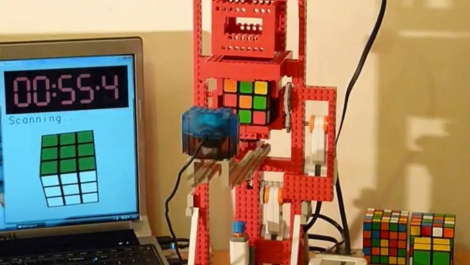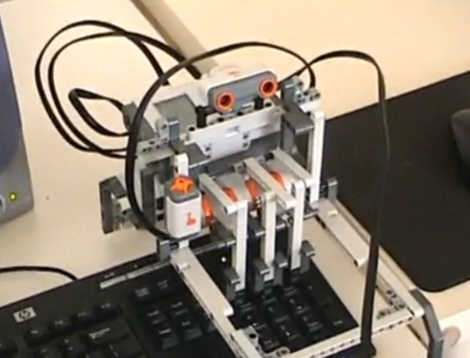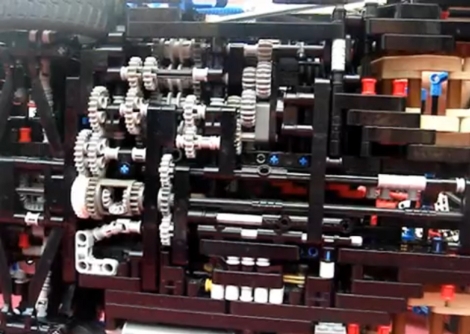
Minifigs beware, something’s afoot. This LEGO sniper rifle is in talented hands to clean up those problem areas. [Jack Streat] put together this fascinating build as well as the delightful demo after the break. The bolt pulls a 1×4 block out of the eight-round magazine and loads it into the chamber. A pull of the trigger flings it with surprising accuracy. Want to be the coolest parent ever? Forgo the store-bought toys this year and put one of these together for your kid. Just don’t turn them into Private Pyle (NSFW).
Continue reading “Seven-six-two Millimeter. Full Plastic Jacket.”














